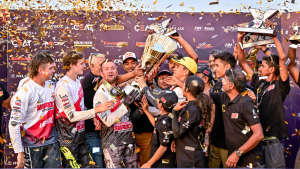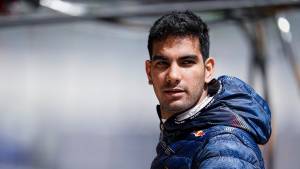Remembering Ayrton Senna: 25 years on from F1's black weekend at Imola
One of Giuliana Spinelli's first clear memories is that of her mother sobbing inconsolably. "I was two-and-a-half years old," she says, "and I remember her looking at the television screen and crying her eyes out." Spinelli is Brazilian, and grew up in Sao Paulo. It was only when she was older that she realised the full import of what had happened that day. Her parents, like thousands of people around the world, had been watching the San Marino Grand Prix, the third race of the 1994 Formula 1 season. They watched as the blue and white Rothmans Williams left the track at Imola's Tamburello corner, and made contact with the concrete barrier. They watched that famed yellow helmet lying motionless, except for a minor misleading twitch, in the cockpit of the FW16. And they, like the rest of the world, were in a state of shock when the news of the death of Brazil's great sporting hero filtered through. Spinelli's mother was one of the three million people who took to the streets to be part of one of the largest funeral processions in history. The family, like much of Brazil, and so much of the world, was in mourning Ayrton Senna.
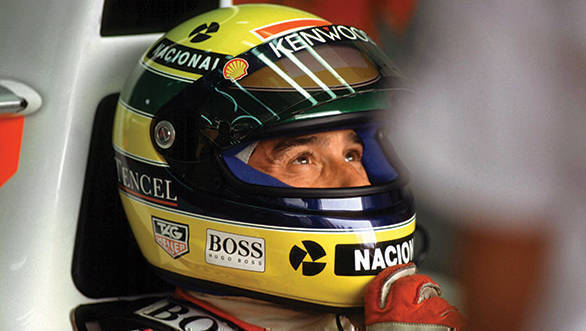
Now 28-years old, Spinelli has nothing to do with motorsport. She just happens to be a young Brazilian living in Berlin whose path has crossed mine. But the minute that she finds out that I'm a motorsport journalist, she speaks of Senna. After all, he had captured the collective heart of the people of Brazil. He was the product of a nation with an economy that had gone bust, and a growing dissatisfaction with military rule that had been imposed on them. A country, for all intents and purposes, in turmoil. And, he emerged as the hero the country so desperately needed. Someone who showed the average Brazilian it was possible to dream impossible dreams and achieve them with a combination of focus and self belief. "In Brazil, there is no champion like Senna," Spinelli says to me in thickly accented English. "I mean, there are champions, but not like Senna."
***
June 3, 1984. Monaco. This was the day that Ayrton Senna truly arrived in Formula 1. The Brazilian was in his rookie season, and Monaco was to be his first attempt at driving an F1 car on a street circuit. Senna, in a largely uncompetitive Toleman-Hart, had qualified 13th on the grid. When the race began on Sunday, it was on a very wet circuit. Perfect, as it would turn out, for him to demonstrate his extraordinary abilities in the wet. Senna was fast catching race-leader Alain Prost, who kept signalling that the race ought to be stopped due to unsafe conditions. When it ultimately was stopped, on the 32nd lap, Prost was declared the winner, with Senna second. Some say that Senna would have claimed his first race win at Monaco, had it not been for the red flag, although Toleman engineers later said that the suspension damage on Senna's car meant he would have retired soon after. Either way, Senna set his first fastest lap in F1 that race, and his drive from 13th to second is often considered one of his finest moments in the sport. It was the moment that the world really knew he was a force to reckon with.
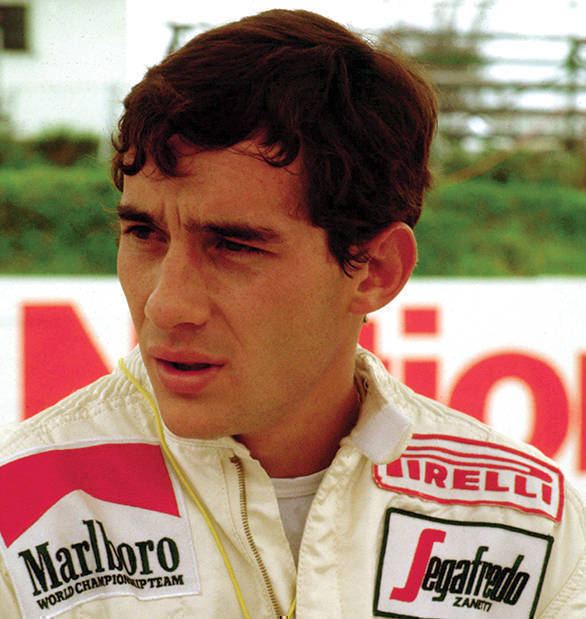
There's grainy footage of Senna in the Toleman catching and passing Niki Lauda in the McLaren in the 2010 film Senna. A movie that introduced a whole generation of people, who'd missed the Ayrton Senna era, to exactly who he was. A year after it came out, just ahead of the 2011 Indian Grand Prix, I had the opportunity to interview the film's writer, Manish Pandey, a self-confessed, unapologetic, Senna fan. Funnily enough, Pandey himself wasn't influenced by that almost-win at Monaco. It was a year later, watching the pre-season coverage ahead of the first race of 1985, that he fell under Senna's spell. "He was in his black and gold Lotus outfit, looking over his car - and the expression on his face, the other-worldly look in his eyes, got me. I knew, by the way he was looking over that car, that he was spiritual beyond belief. That moment, he became my hero." For Pandey, who in the 1980s was an "outsider" in the United Kingdom, 4,000km away from his birthplace in India, there was another connect. Here was another person "from a so-called 'third world country' who not only took on the establishment, but beat it!" He wasn't just as good as the Europeans around him, he was leagues beyond them. "He was my Mahatma Gandhi, but with a yellow helmet, who drove at 320kmph! A hero doesn't get any better than that."
***
In only his second race for the Lotus F1 team, at a rain-soaked Portuguese Grand Prix in 1985, Senna took his first Formula 1 victory. He had qualified on pole at Estoril on Saturday, and when the race began, got off to a good start. All around him, cars were retiring with electrical issues caused by the rain, or were spinning out in the wet. But by the 10th lap, Senna had opened up a sizeable gap to the chasing pack. A further ten laps on, and he was 30 seconds ahead of his teammate Elio de Angelis in the second Lotus. With the worsening weather conditions, and the likes of Prost also spinning out, Senna signalled to the race officials on the pit wall to stop the race. No red flag was brought out, but the cars just continued although, due to poor visibility and grip, at a slower pace. When the race ended at 68 laps of the original intended 70, Senna had not only led every single lap, he had also lapped every single driver except for second-placed Michele Alboreto who was over a minute behind him.
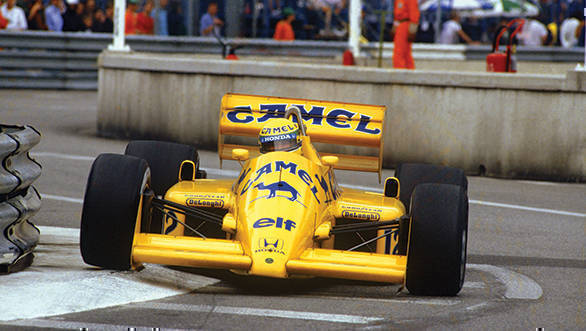
On January 7, 1985, just two and a half months before Senna's remarkable victory at Estoril, a future Formula 1 star - Lewis Hamilton - was born in Stevenage in the United Kingdom. It would be five years before he'd take to following Formula 1, becoming a complete Ayrton Senna fan. By that time, Senna's fame had grown, and he was already being counted as one of the greatest grand prix drivers of all time. He had it all - a remarkable ability to understand and respond to the car beneath him, speed, and a seemingly all-consuming hunger to win races and championships. The young Hamilton, had two goals. The first, was to get to Formula 1. The second, was to try and emulate his idol. At the 2017 Canadian Grand Prix, Hamilton achieved his 65th career pole, equalling the number of poles that Senna had. To commemorate the occasion, the Senna family presented him with a replica of the helmet that Ayrton had worn during promotional activities in the 1987 season. The original, they said, would be given to Hamilton at some point in the future. A visibly emotional Hamilton would later release a video speaking of just how much the gesture meant to him, stating, "I grew up watching him, I grew up believing in him, as his country did. Having someone inspiring you - he did that for me, as he did for so many."
***
Of the 16 races held in the 1988 Formula 1 season, the McLaren Honda drivers won 15. Senna would claim eight race wins, with Prost finishing first seven times. The sole race that wasn't won by a McLaren MP4/4, was the Italian Grand Prix, in which Gerhard Berger took victory for Ferrari. Senna's eighth win, the one that helped him clinch his first Formula 1 championship title, came at the 1988 Japanese Grand Prix. While he had qualified on pole, with teammate Prost lining up second, he didn't manage to get a good start. Senna stalled his car on the grid, but managed to get it going again, and was fourteenth on the first lap. He then began to carve his way up the order, moving up to fourth place by the fourth lap. Then, the rain came down, and Ayrton Senna was in his element. By the 27th lap, he caught and passed race-leader Prost while they were trying to navigate through backmarkers. Senna then put in a series of quick laps, broke the circuit lap record along the way, and led Prost by three seconds. However, since his car was shod with slicks on what was a wet track, he began signalling for the race to be stopped. It wasn't, and ran to full race distance. Even so, he won by 13 seconds over Prost. At long last, Ayrton Senna was a Formula 1 world champion.
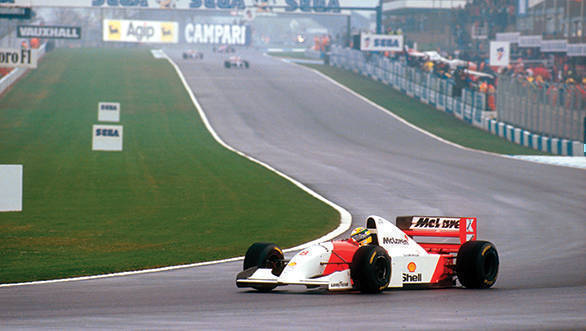
A full 20 years after Senna won his first championship title, I watched as a racer in a yellow helmet fought long and hard for his last championship title. It was at the Mohite's Racing Circuit in Kolhapur, India, that Rayomand Banajee won the 2008 National Karting Championship's Senior class title. That too after a hard-fought battle. As a cub reporter, in my first season covering motorsport, fast running out of questions, I asked Rayo about his helmet. Yes, he said, it was in memory of his motorsport idol. Rayo had only begun watching Formula 1 around the 1993 season, at the age of 13. But Senna captured his attention at once. Everything about him - the way the commentators spoke of him, the way he pushed the limits all the time - resonated with him. He was hooked. Senna's commitment to achieving success, his desire to improve in every single aspect, and his intense commitment to fitness, all inspired the young racing-hopeful in a country far away from Senna's homeland. Banajee has memories of the 1994 Brazilian Grand Prix, where Senna didn't finish the race. "As soon as he retired, people began leaving the circuit. It made me wonder about the crazy love that people had for him, that they couldn't wait till the end of the race, if he was no longer in it."
***
But while Senna might have failed to complete the 1994 Brazilian Grand Prix, he had still managed one of his most heroic drives in front of his countrymen. At the race at Sao Paulo in 1991, Senna had qualified on pole. But despite a decent lead during the first eight laps of the race, it seemed like his McLaren was soon going to be caught and passed by the Williams-Renault of Nigel Mansell. Things didn't turn out that way though, with a puncture forcing Mansell to pit for new tyres. By the 60th lap of the race, Mansell was once again in hot pursuit of the race leader, and Senna's lead had been halved because his gearbox was failing, and he'd lost fourth gear. But Mansell was forced into retirement when his own gearbox gave way. With a couple of laps remaining, the race wasn't getting any easier for Senna. He'd lost third and fifth gear too, and the second Williams of Riccardo Patrese, was fast gaining on him. Senna had to tackle slow and medium corners in sixth gear - a task that was exhausting. When he finally crossed the finish line in first, he was 2.9 seconds ahead of Patrese. He had struggled to keep the car in control, and had muscle cramps and a fever by the end of the race. He was exhausted and unable to move, and had to be driven to the podium in the medical car. But he had done it. That first win in front of the people of Brazil was finally his.
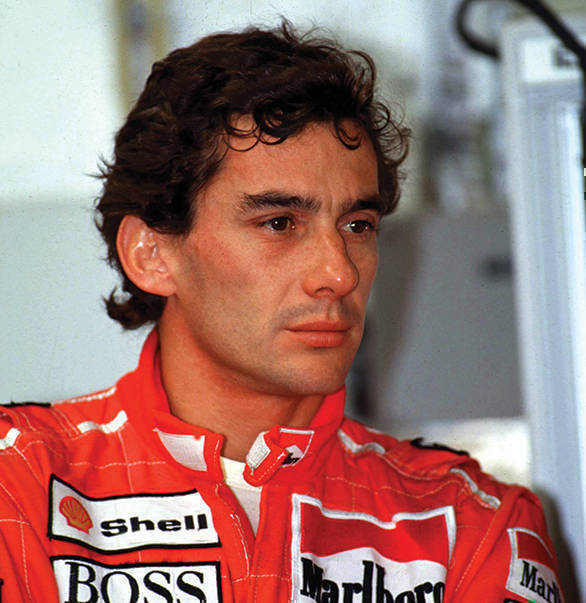
Around the time of Senna's historic win in Brazil, I was all of three-and-a-half years old. Motorsport didn't really figure very high on my list of priorities. I was otherwise preoccupied by whatever it was that kept three-year-olds busy. But we'd spend every summer with my aunt, Kalpana, who lived in Mangalore. I have very vague memories of a poster of Ayrton Senna hanging on her bedroom wall. Back then, I didn't know who Senna was, but when I did start watching F1, I remember being fascinated by the way people spoke of him. Of just how global his reach had been, and how universally he was loved. Motorsport conversations with my aunt would often end with her talking about how brilliant Senna had been. Even today she talks not only of his ability to win races, but also of how his attitude of wanting victory above everything else, caught her attention. She had watched the news of Senna's death on TV. In the same news report, she'd also learned of Roland Ratzenberger's death in an accident during qualifying. Formula 1's black weekend left a mark. "It was horrible to think of Senna just gone. Just like that. After that, I don't think I watched races for some time,"
she says.
***
If we're listing Senna's greatest races, there are several more that need to be spoken of. After all, how can we skip Donington in 1993 - another masterful display of his prowess in the wet? And that first lap where he took the lead after passing the cars of Michael Schumacher, Karl Wendlinger, Damon Hill and Alain Prost, is the stuff that of legends. We certainly can't leave out the 1988 British Grand Prix, another win in the wet that ended with a lead of over 30 seconds. Or the Spanish Grand Prix in 1986, where he held off a hard-charging Nigel Mansell to take victory by one-tenth of a second. And speaking of Senna's genius and intensity, how can we overlook the bitter feud with Prost that led to the clashes at the 1989 and 1990 Japanese Grands Prix? And to not speak of his qualifying lap at the 1988 Monaco Grand Prix would be sacrilege. After having put the car on pole 1.427 seconds ahead of Prost, Senna would claim that he had an out-of-body experience. That his drive in the car during that particular session had been bordering on the metaphysical.
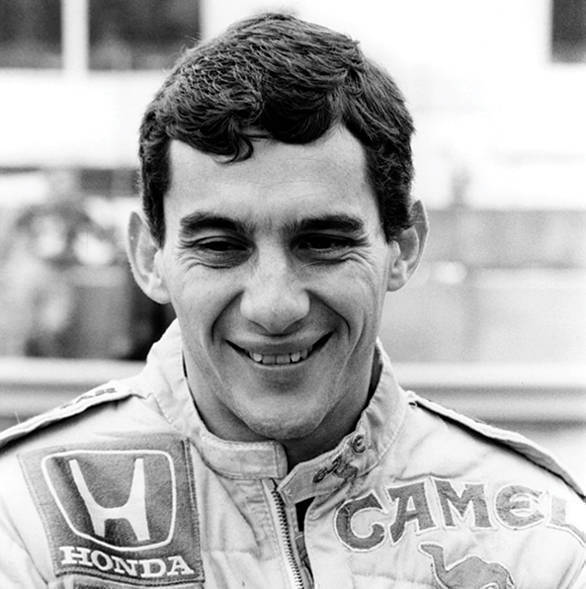
Over the course of his career in Formula 1, Ayrton Senna took 41 race wins, 80 podiums, 65 pole positions and 19 fastest laps. But the statistics don't fully explain the sort of hold Ayrton Senna had on people. Not just people in the world of motorsport, not just young aspiring racers, but on regular people in far flung corners of the globe. People who still get choked up speaking of him all these many years later. Senna's appeal lay in the hope that he gave, the inspiration he served as, the self belief he represented, and in his refusal to accept anything other than outright victory. Something that is still palpable today, in the memories that he has left behind. Memories that are not just black and white, but memories that endure, even with vast measures of grey mixed in there. Memories of a different era in motorsport, and of a man that became the undisputed champion for a generation of people.
Images: Newspress.co.uk
